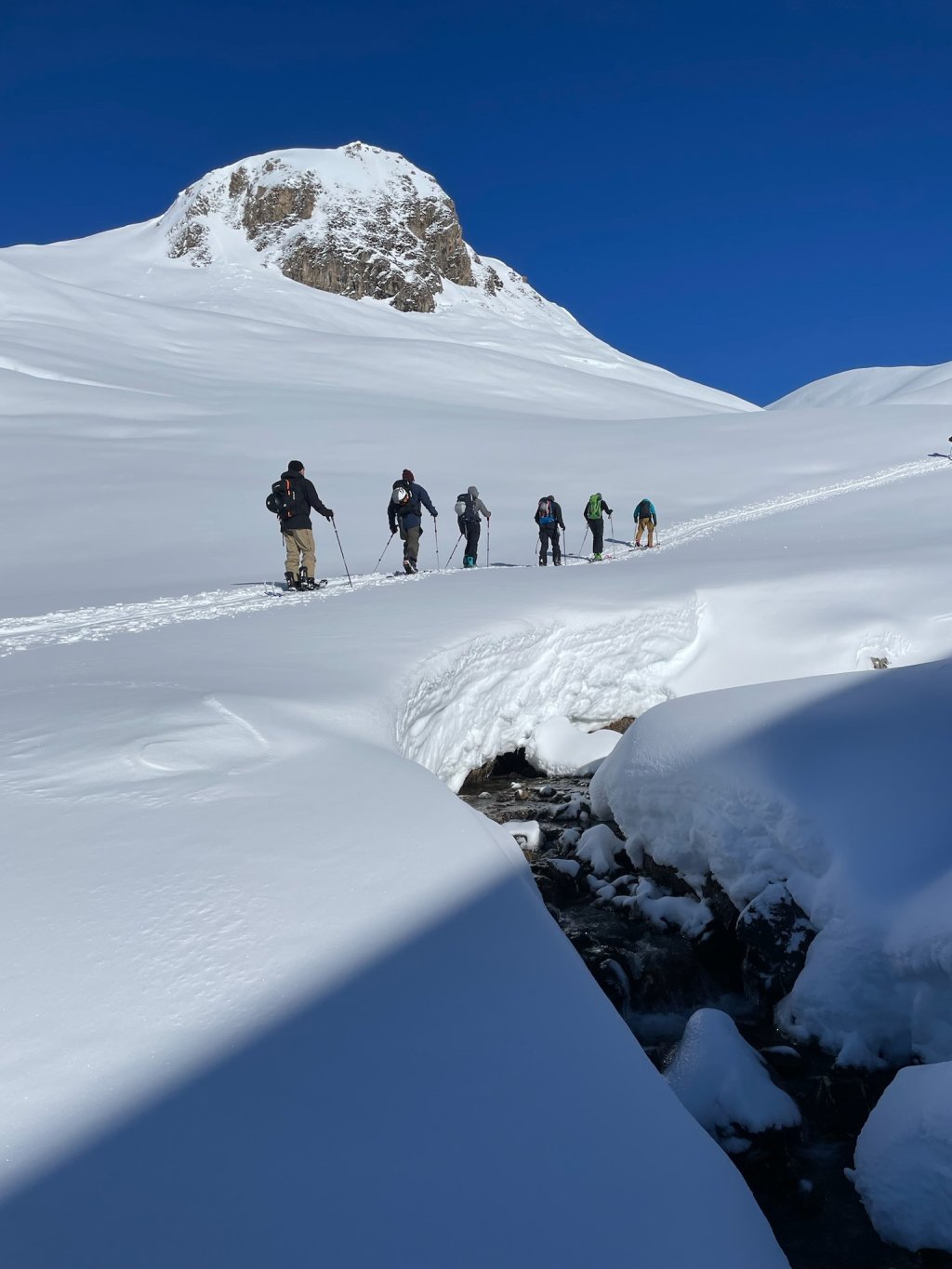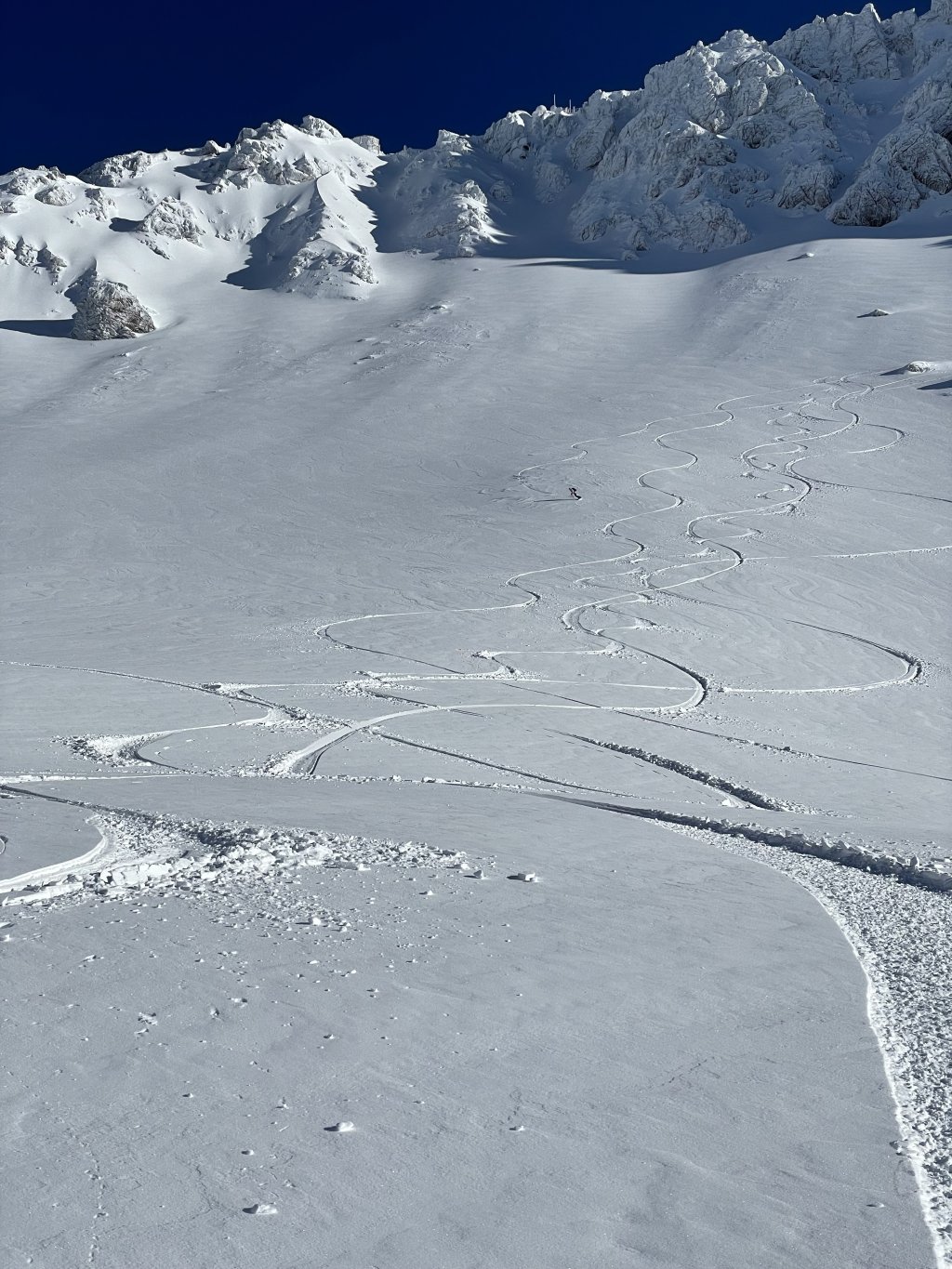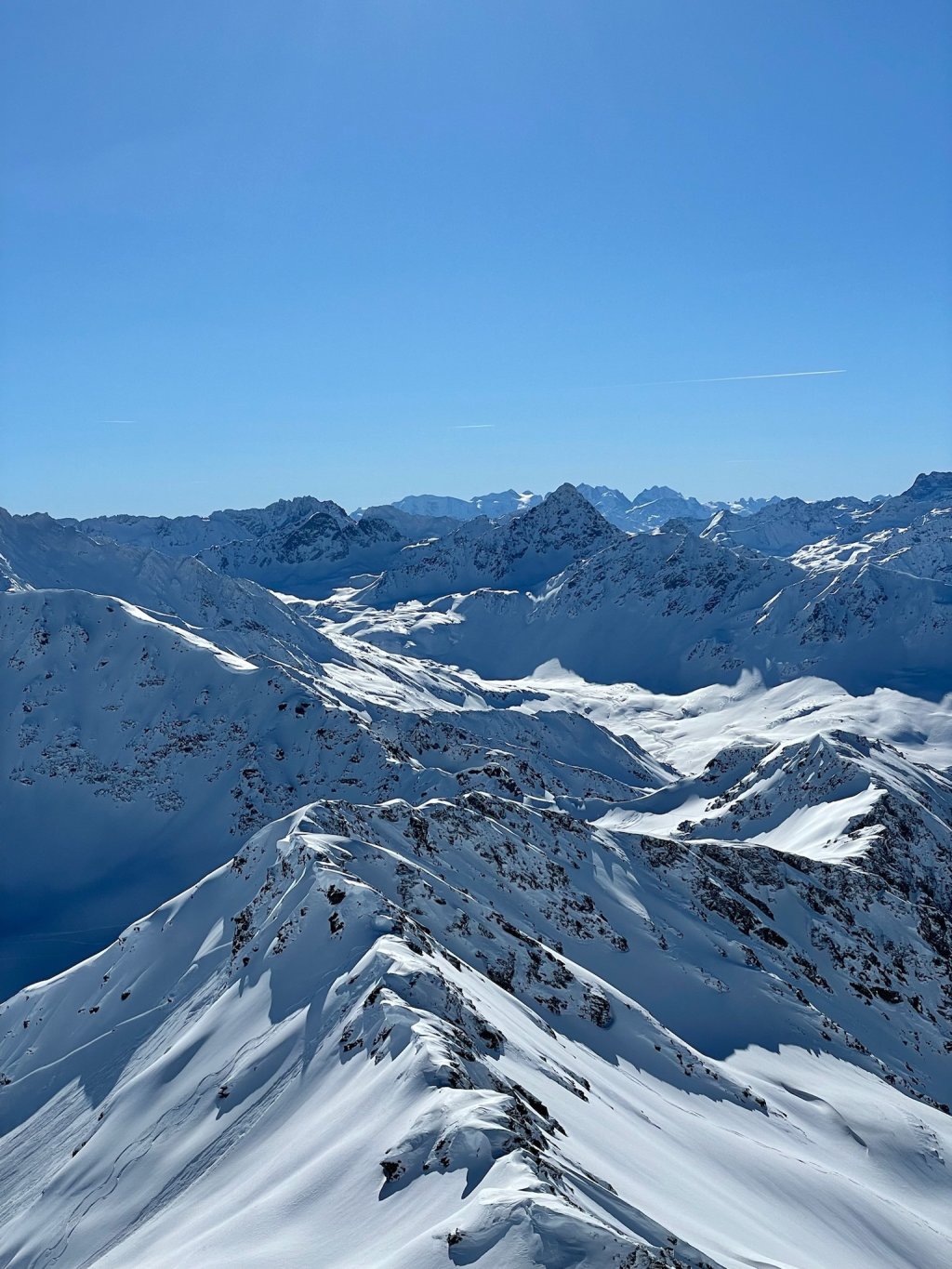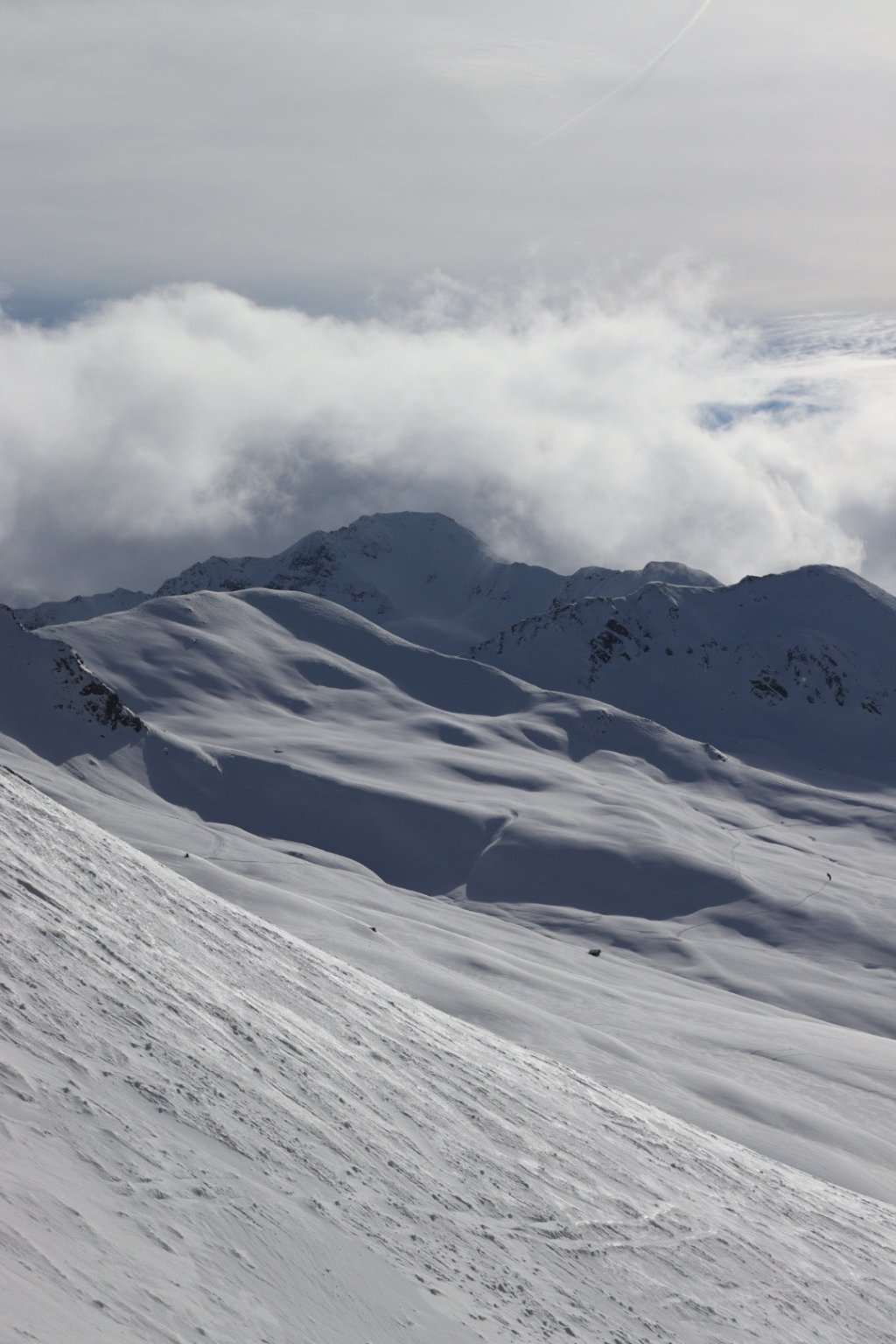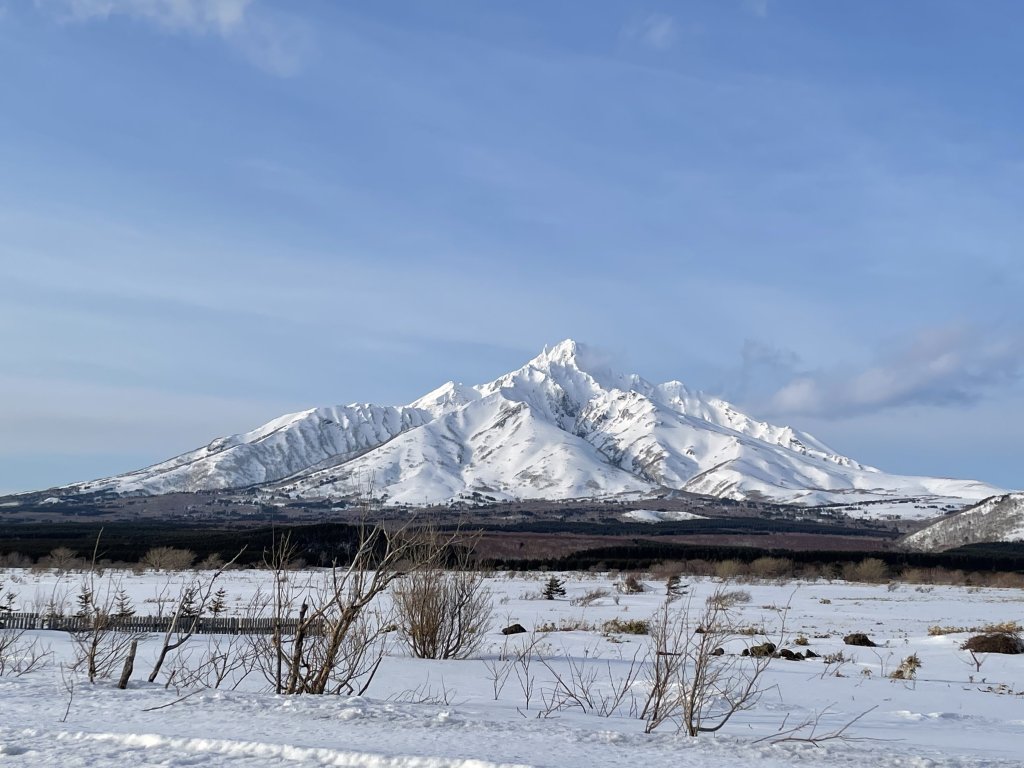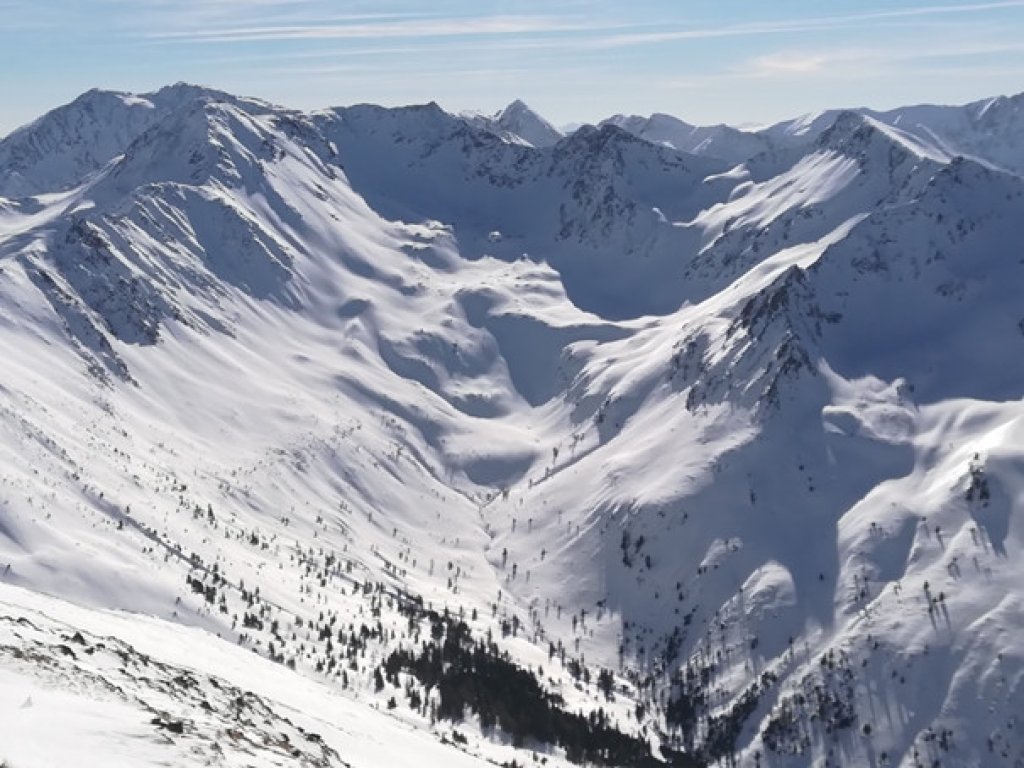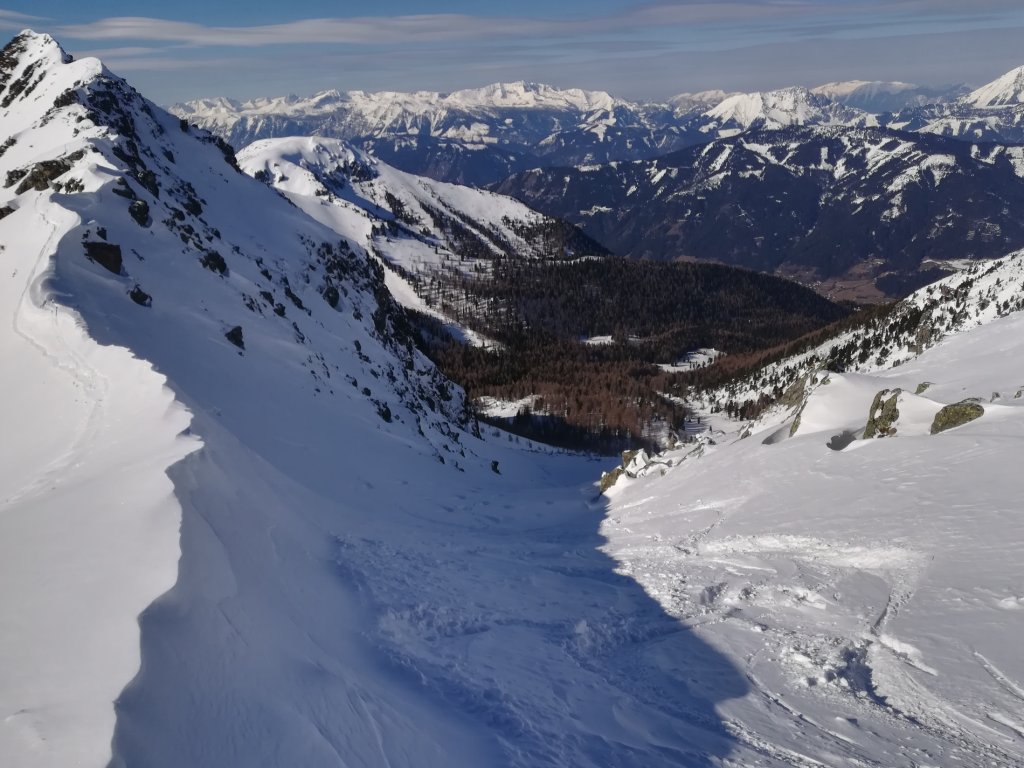Known as a renowned winter sports destination with a long tradition, Davos attracts not only skiers and snowboarders, but also the most influential personalities from politics and business through its annual World Economic Forum. This combination of alpine beauty and global gathering makes Davos a unique destination that appeals to nature lovers and cosmopolitans alike.
But what does Davos have to offer to freeriders? This is the question we'll be exploring here, looking at it from the perspective of an experienced freerider on one hand and a complete beginner on the other.
A surprising freeride hotspot
In my mind, Davos was synonymous with the classic Swiss ski and spa resort, which is more about lifestyle, cuisine and less about the adventures on the mountain. But this assumption turned out to false. From a sports perspective, Davos offers a bunch of opportunities to let off steam all day long, especially for freeriding.
With six different mountain railways - Parsenn, Jakobshorn, Rinerhorn, Strela/Schatzalp, Madrisa and Pischa - the tourist destination Davos/Klosters offers an enormous variety of opportunities to explore the mountains, nature and snow in all directions and aspects. What makes Davos so special is the accessibility of the terrain, as it is located at 1500 metres above sea level, which makes it possible to start ski or splitboard tours directly from the resort practically all winter long.
The terrain itself is particularly remarkable: Compared to other alpine regions in the Alps, where steep and often rocky terrain predominates, it is much more spacious and therefore easy to spot. This is good for both the ascent and the descent and is also beginner-friendly. We like the spaciousness of the slopes and the uniform gradient, which makes it easier to explore the terrain and offerring breathtaking views of nature throughout. But don't worry, Davos is well worth a trip for the more experienced among you.
The lively freeride scene, which is largely made up of locals who know each other, offers a warm welcome and conveys a sense of belonging. This local connection contributes to the unique atmosphere and makes Davos a hotspot for freeriders in search of unspoilt slopes and a community of like-minded people.
